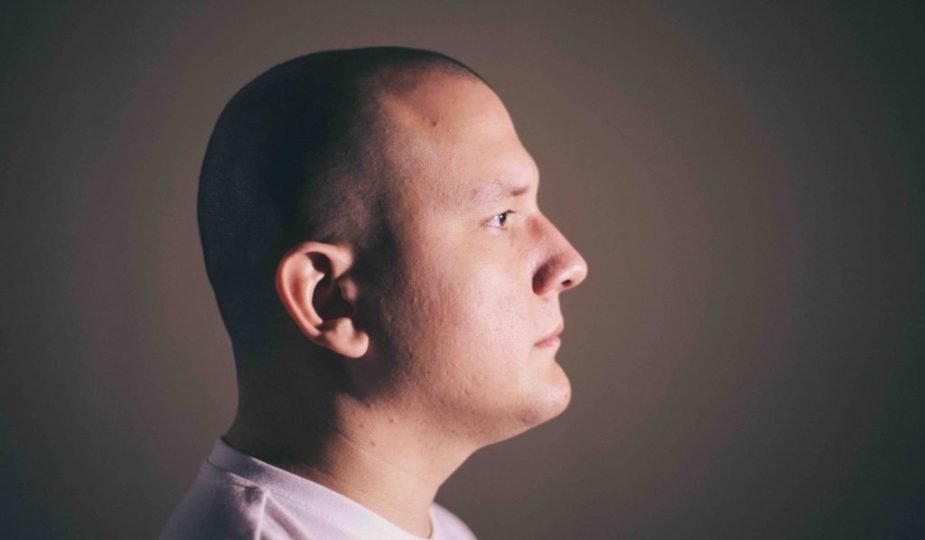
10 Mistakes Hair Transplant Patients Do
Hair transplants can be an effective way to restore hair, but patients need to be aware of common mistakes that could lead to poor results or even permanent damage.
After a successful hair transplant surgery, following the post-surgical care instructions given by your doctor is essential to ensure a successful recovery. However, many patients make mistakes that can cost them the success of their procedure.
It is also important to have someone drive you home after the procedure and to be aware of the finite resources of the donor area. It is essential to be prepared for the pain that comes with the procedure and to avoid unhealthy foods during recovery. If you know the right things, you can ensure a successful recovery by avoiding these common mistakes.
This guide outlines ten of the most common mistakes made by hair transplant patients and how to avoid them.
Forgetting To Drink Enough Water
During and after the hair transplant procedure, drinking an adequate amount of water is essential. Doing this will keep your hair follicles hydrated and minimize the chance of them breaking.

Make drinking enough water a priority to ensure optimal results from the procedure. Additionally, drink only clear liquids (like water and tea), as acidity or caffeine can interfere with your transplant’s success rate.
Sleeping On The Stomach Or Side
Generally, sleeping directly on your back is ideal for avoiding post-surgery complications. It’s important to note that after three days, more aggressive sleeping positions like lying on your side or stomach should still be avoided.
After a hair transplant, you should avoid sleeping on your side for one week. The following week, you can rotate your sleeping position, but be sure to elevate your head while sleeping. However, it is best to avoid sleeping on your stomach or sides for at least two weeks after the procedure to ensure that the grafts remain secure.
Applying Ice Directly To The Scalp
Applying ice directly to the scalp should be avoided after a hair transplant. You should not place any cold or hot compress directly onto the scalp, as this can damage the newly transplanted hair follicles.
Applying ice above the eyebrows is best to reduce post-surgical swelling. Additionally, you should not use ice for more than 15-30 minutes at a time.
Neglecting Aftercare Instructions
It’s essential to follow the directions of your hair transplant surgeon regarding aftercare. The instructions are in place to ensure a healthy recovery and will maximize the long-term results from the procedure.
Neglecting aftercare instructions can lead to adverse effects such as infection and scarring, which may damage your newly transplanted hair. Although, the FUE hair transplant method requires less maintenance. But if you have done the FUT method you will have to be extra careful.
Drinking And Smoking
Smoking and drinking can significantly reduce the efficacy of a hair transplant. Smoking hinders the body’s ability to heal, leading to slower healing time and lower success rates.
In addition, alcohol has a negative effect on graft survival as it decreases the body’s oxygen supply, which ultimately reduces the number of viable grafts. Therefore, patients should be advised not to smoke or drink alcohol at least four weeks before and after their hair transplant procedure.
Dyeing Hair Shortly After The Transplant
Dyeing your hair after a hair transplant is a very big mistake, as the added chemicals can disrupt the healing process. New hairs that have been transplanted take about 4 to 6 weeks to become fully integrated with your existing hair follicles.
Dyeing your hair during this time period can cause irritation, infection, and loss of new grafts. The best time to color your hair after a transplant is several months after it has been completed.
Scrubbing Hair Or Showering Too Aggressively
Following a specific post-treatment care regimen after a hair transplant is crucial, and one important element is gentle scalp cleaning to avoid damaging newly transplanted grafts.
It’s important to resist the temptation of washing your hair with vigorous scrubbing or shampooing immediately after the procedure. Instead, use only specialized products your surgeon provides and opt for short, gentle showers until the healing process is complete.
Rushing The Procedure
Many hair transplant patients take the decision-making process of their surgery lightly and rush into a procedure before understanding all the details, including risk factors, cost, and maintenance needs.
Rushing into a hair transplant can have serious consequences, such as unsuccessful outcomes, long-term health risks, or even high financial costs due to unanticipated care or repair procedures.
Before committing to a hair transplant plan and procedure, you must consider all your options and research carefully to make sure you understand entirely what is involved in the process.
Ignoring Labels On Prescription And Over-The-Counter Medications
Hair transplant patients should read all labels carefully before taking any kind of medication, be it prescribed by a doctor or available over the counter. Many medications may include contraindications for hair transplants which can cause complications and potential long-term health risks if overlooked.

You should avoid certain medications for at least two weeks after surgery, such as aspirin and ibuprofen, which can cause bleeding. Furthermore, it is also necessary to read the labels of medications before taking them to ensure that they do not cause scalp irritation.
Ignoring Possible Adverse Reactions
After a hair transplant procedure, it is essential to be aware of the possible adverse reactions. These reactions can include inflammation, infection, and donor area scarring.
Additionally, some patients may experience hair shedding in transplanted and donor areas. In case of any of these adverse reactions, medical attention should be sought immediately. You should also follow your doctor’s instructions as closely as possible to ensure a speedy recovery.
Conclusion
It is necessary for hair transplant patients to take the required precautions to avoid unwilling circumstances. By following the guidelines, you can ensure a successful procedure and recovery.
Lastly, there are various ways to regrow your hair other than a hair transplant. However, hair transplantation is among the most effective method. If you want to try other methods, then check the hair replacement systems guide.









